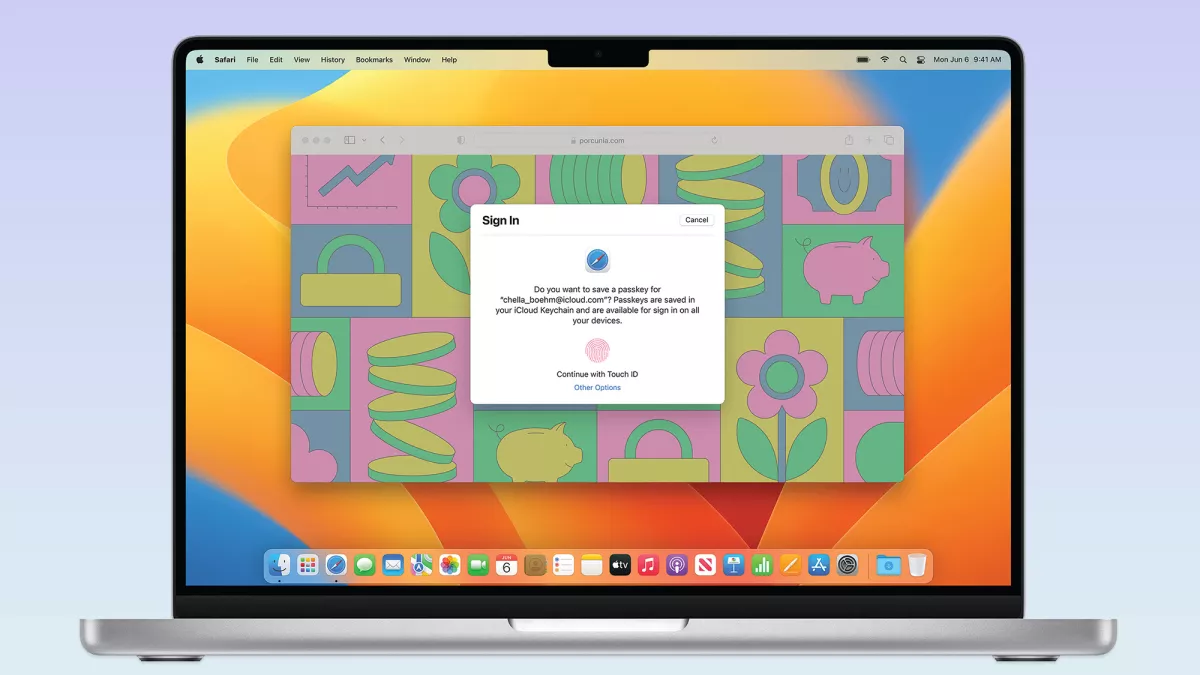Are you in a social media bubble? Here’s how to tell
You’re thumbing through your Facebook newsfeed when a post from an acquaintance you completely forgot about jolts you mid-scroll. Maybe it’s a shared meme poking fun at your preferred political candidate, or an opposing proclamation on a touchy subject like gun control, or maybe it’s just a picture of them wearing or doing something that elicits a breathy scoff.
You think to yourself, “How’d this person escape my last purge…?” and then go to their page and, without a second thought, click “unfriend.” And like that, a feeling of contentment sets in as you resume scrolling through your curated feed of like-minded friends and highly targeted advertisements.
Why social media reinforcement bubbles exist
Without even realizing it, you have just made moves to strengthen your reinforcement bubble. But while we are partly to blame for our highly curated feeds — it’s not all our fault. The social media reinforcement bubble has two primary contributing factors: self-perpetuated bubbles a la the illustration above, and digitally perpetuated bubbles that are out of our control.
We manually curate our own bubble
Regarding the former, we have a natural tendency to surround ourselves with like-minded people.
“We experience conflicting thoughts as actual psychological discomfort. Brain scanning has, in fact, revealed that cognitive dissonance activates emotional areas like the anterior insulae and dorsal anterior cingulate cortex,” says Don Vaughn, a neuroscientist at the department of Psychology at UCLA. “Given that we prefer to eschew negative experiences, it comes as no surprise that people avoid the immediate psychological discomfort from cognitive dissonance by simply not reading or listening to differing opinions.”
There’s an energy component involved, too, he adds. Essentially, processing new facts, ideas and perspectives requires actual neural effort. In other words, it forces our brain to reconfigure its web of connections to understand, assess and potentially incorporate the new knowledge it’s being expose to. In that sense, it’s a neural bias to conserve energy, and hard to overwrite.







